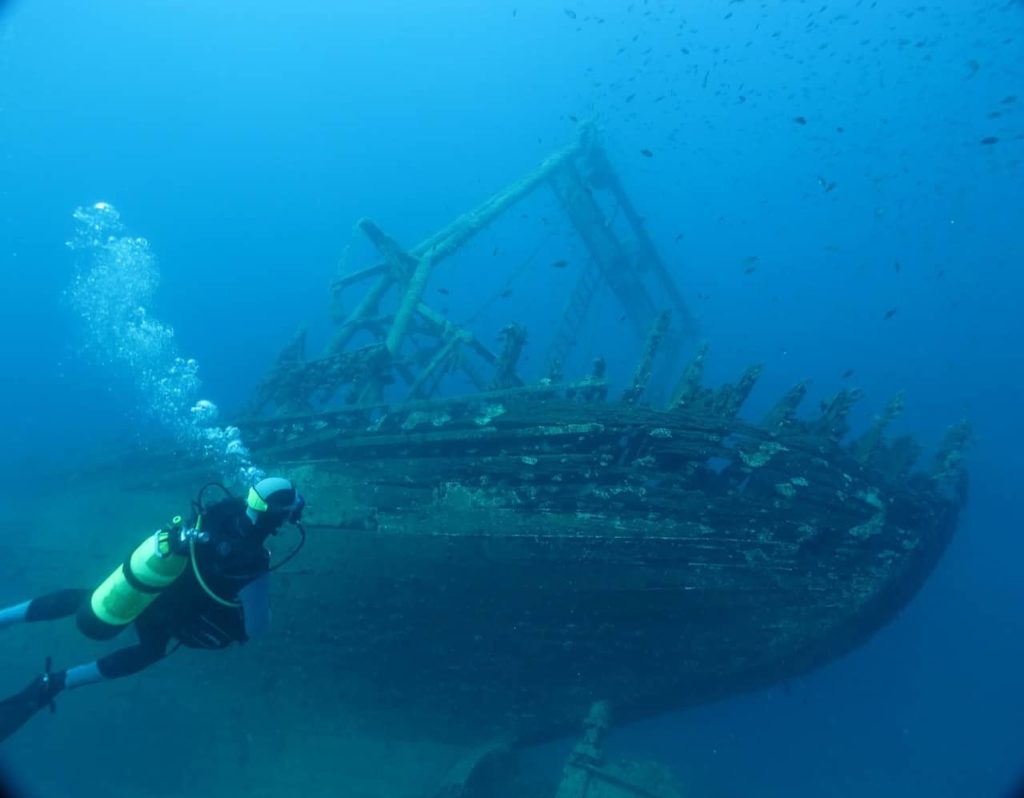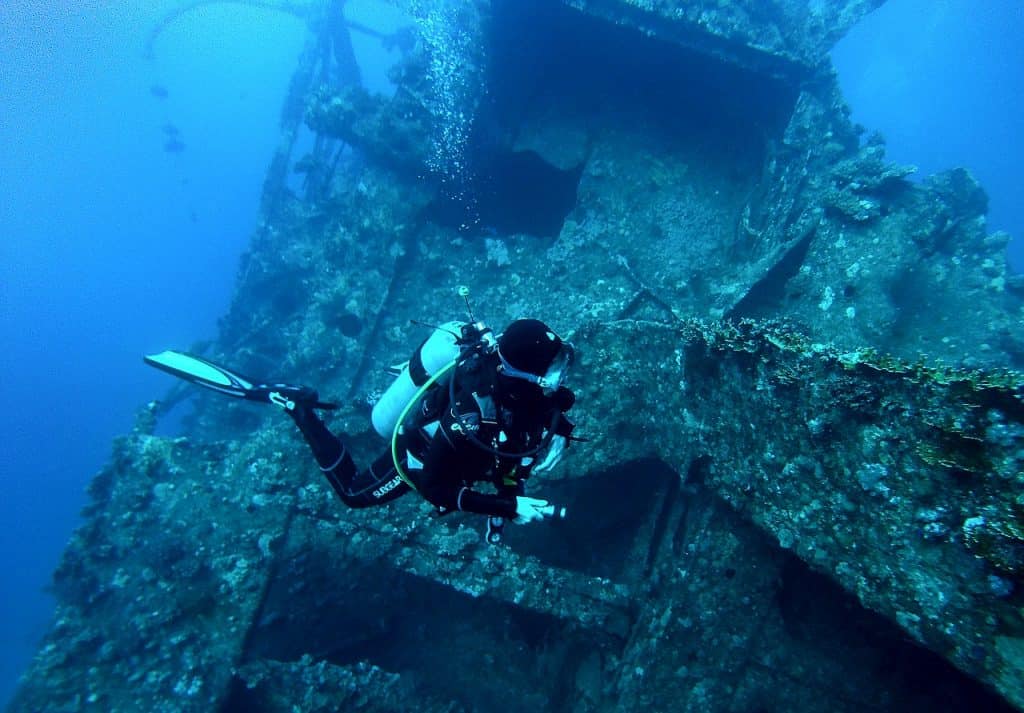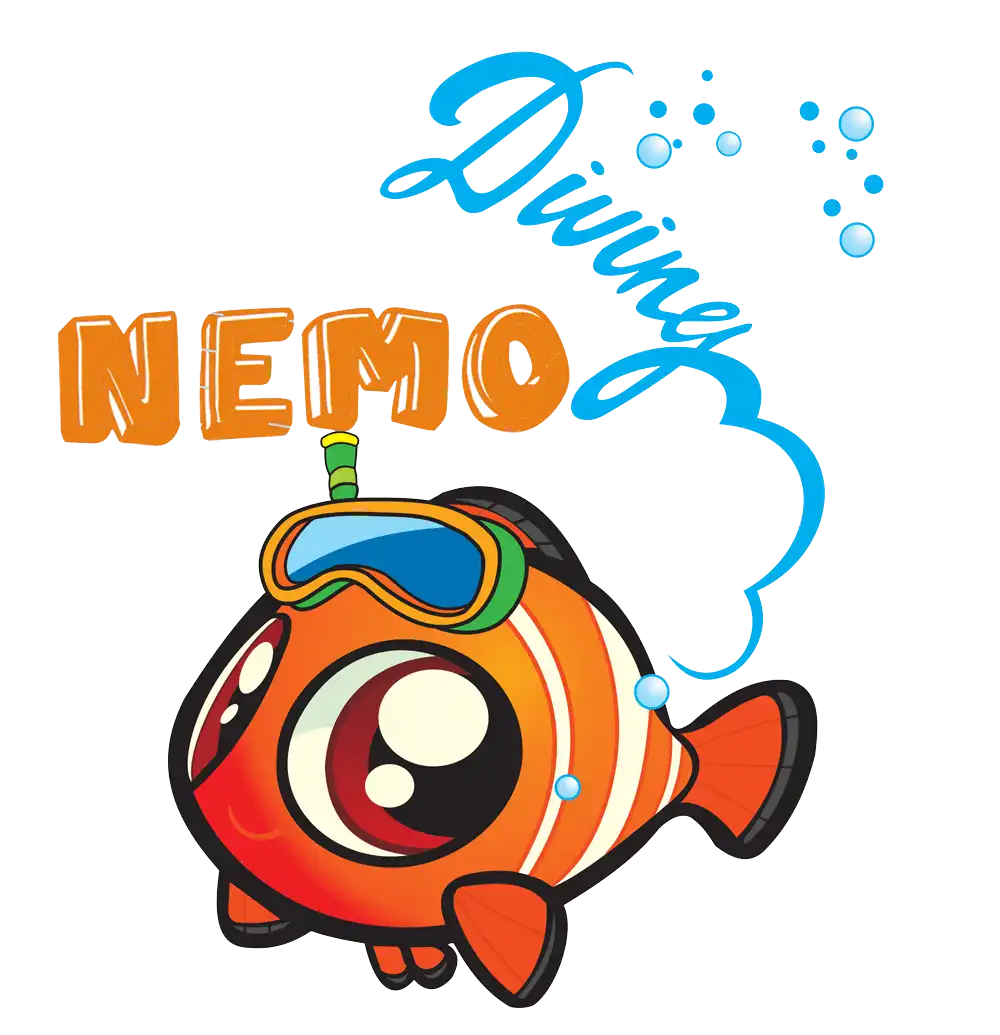

Wreck diving is a challenging form of scuba diving but rewarding in so many ways. Descending into the deep to explore a wreck opens doors to many wonderful opportunities like discovering marine life, culture, history, and archaeology. Every wreck site is certainly a unique adventure unlike no other.
You can have an exhilarating experience unraveling the mysteries of the wreck while keeping yourself out of harm’s way. Here are some tips and reminders to consider if you’re planning to go wreck diving.

Wreck diving can give you an interesting flashback of culture and history. Connecting the story behind a wreck with actual sightings and encountering different types of artifacts and relics can be gratifying, especially for adventure seekers. It also gives you the privilege of getting up close and personal with inhabitants of an artificial reef.
As time passes, a wreck becomes an artificial reef for marine life but the structures are often very fragile and may break when accidentally touched or bumped into. Wreck diving requires excellent diving skills as well as responsibility to avoid damaging artificial reefs that help replenish the marine ecosystem.
If you are interested in wreck diving in Fujairah, you may want to check out Inchcape 1, Inchcape 2, and Inchcape 10. These ships were purposely sunk to form artificial reefs and help build a richer marine ecosystem.
Experiences
Find the perfect escape
© 2024 NEMO DIVING CENTER
Scuba diving is an exciting and adventurous water sport that offers a chance to explore the beauty of the underwater world and its amazing marine life. The UAE, particularly Dubai, is one of the most popular destinations for scuba diving, attracting divers from all over the world. With its crystal clear waters and diverse marine life, scuba diving in Dubai offers a unique and unforgettable experience.
The cost of scuba diving in Dubai varies depending on the dive center you choose and the type of dive you opt for. On average, a single dive can cost anywhere from AED 250 to AED 550, with the average price for a single dive being around AED 350. This price usually includes all the necessary equipment, such as the dive tank, regulator, and wetsuit, as well as the services of a professional dive guide. At Nemo Diving Center, We offer a wide range of diving packages to suit every budget and experience level.
Diving in Dubai is an incredible experience, and the UAE is home to many dive sites teeming with amazing marine life including colorful soft and hard corals, sea turtles, stingrays, manta rays, moray eels, cuttlefish, octopus, nudibranchs, seahorses, and a plethora of fish species. It is also noted for its incredible dive wrecks that have become rich artificial reefs. These dive sites offer a unique and exciting diving experience, providing a chance to explore sunken ships and other structures that have become havens for marine life.
Come and explore the unique underwater world of Palm Jumeriah in Dubai and incredible dive sites in Fujairah such as Dibba Rock, Sharm Rock, Martini Rock, Snoopy Island, and more. At Nemo Diving Center, we offer dive trips to these amazing dive sites, allowing divers to discover the incredible marine life that has made the wreck its home. We also offer a wide range of other dive sites to choose from, including shallow coral reefs, deep wrecks, and drift dives, providing something for every level of diver.
In conclusion, scuba diving in Dubai offers an unforgettable experience for all levels of diver. With its clear waters, diverse marine life, and incredible dive sites, Dubai is a must-visit destination for any scuba diver. Whether you’re a beginner or an experienced diver, our team at Nemo Diving Center will ensure that you have an amazing time exploring the beauty of the underwater world.
Click one of our contacts below to chat on WhatsApp
Social Chat is free, download and try it now here!
